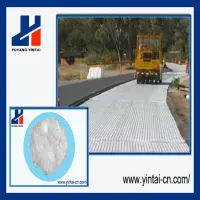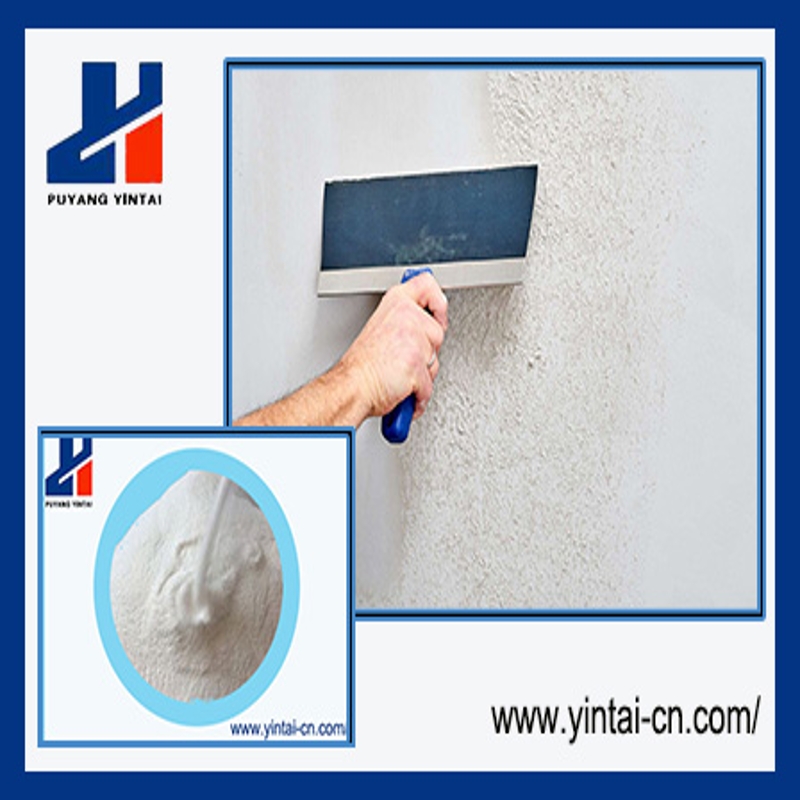-
Categories
-
Pharmaceutical Intermediates
-
Active Pharmaceutical Ingredients
-
Food Additives
- Industrial Coatings
- Agrochemicals
- Dyes and Pigments
- Surfactant
- Flavors and Fragrances
- Chemical Reagents
- Catalyst and Auxiliary
- Natural Products
- Inorganic Chemistry
-
Organic Chemistry
-
Biochemical Engineering
- Analytical Chemistry
- Cosmetic Ingredient
-
Pharmaceutical Intermediates
Promotion
ECHEMI Mall
Wholesale
Weekly Price
Exhibition
News
-
Trade Service
The titanium subgroup is the VB group of the periodic table, and includes three elements: titanium (Ti), zirconium (Zr), and give (Hf)
.
The valence electron layer configuration of the titanium subgroup element atom is (n-1)d 2 ns 2 , the most stable oxidation state is +4, followed by +3, and the oxidation state +2 is relatively rare
.
Titanium content in the crust is 0.
56% (lane 9), is the most important mineral ilmenite FeTiO .
3 and rutile Ti02 2 ore, there are other perovskites of CaTiO .
3 , sphene CaTiSiO .
5 and the like
.
Titanium has become a rare element due to the difficulty of extraction and the late start of research
.
Elemental element of titanium subgroup
1.
Refining of metals
Titanium metal has a high melting point and easily reacts with air, oxygen, nitrogen , carbon and hydrogen at high temperatures, so it is difficult to extract and expensive
.
The ilmenite is enriched to obtain ilmenite concentrate, which is treated with sulfuric acid and converted into titanyl sulfate TiOSO 4
.
FeTiO 2 +2H 2 SO 4 =TiOSO 4 +FeSO 4 +2H 2 O
The leaching solution crystallizes FeSO 4 ·7H 2 O at low temperature
.
After filtration, it is diluted and heated to hydrolyze TiOSO 4 to obtain H 2 TiO 3 , and H 2 TiO 3 is calcined to obtain TiO 2
.
TiO 2 is heated with carbon and chlorine to generate titanium tetrachloride TiCl 4
.
TiO 2 +2Cl 2 +2C=TiCl 4 +2CO
CO 2 is also generated in the product
.
Then in an argon atmosphere with magnesium or sodium for thermal reduction to obtain metallic titanium
.
TiCl 4 +2Mg=Ti+2MgCl 2
Metal titanium can also be refined by molten salt electrolysis
.
Using molten CaCl 2 as a flux, and directly electrolyzing TiO 2 in an inert atmosphere, metallic titanium can be obtained
.
In the early days, TiCl 4 was prepared by reacting ilmenite with carbon and chlorine at 900°C
.
2FeTiO 3 +7Cl 2 +7C=2TiCl 4 +2FeC1 3 +6CO
Metal cobalt is extracted from zirconium tetraiodide ZrI 4 by thermal decomposition at 1300°C
.
ZrI 4 =Zr+2I 2
2.
The nature of the element
The main characteristics of titanium metal are low density and high strength
.
Therefore, titanium has both the advantages of steel (high strength) and aluminum (light texture)
.
The corrosion resistance of metal zirconium exceeds that of titanium and but
.
Titanium is an active metal (E Θ =-1.
37V), but it is passivated at room temperature or low temperature, because a thin, difficult-to-permeate oxide film is formed on the metal surface
.
Titanium can be slowly dissolved in hot concentrated acid to form Ti 3+ , and its hydrated ion is purple-red
.
Titanium may be dissolved in hot nitric acid generated Ti02 2 · nH 2 O
.
Zirconium can be dissolved in hot concentrated H 2 SO 4 or aqua regia
.
All titanium subgroup metals are soluble in hydrofluoric acid
Ti+6HF=H 2 [TiF 6 ]+2H 2
At high temperatures, the titanium subgroup metals are very active and can be directly combined to form oxides MO 2 , halides MX 4 , interfilled nitrides MN, and interfilled carbides MC
.
The powdered titanium subgroup metal can absorb hydrogen and generate interfilled compounds.
The amount of hydrogen absorbed depends on temperature and pressure, and its limit composition is MH 2
.
Titanium can form alloys with a variety of metals
.
When the temperature is lower than the critical temperature of 4K, the titanium-silver alloy exhibits a zero-resistance superconducting function and is the main manufacturing material for high-field superconducting magnets
.
Metal titanium is non-magnetic, non-toxic, biophilic (no rejection in the body), and can be used to make artificial joints and bones
.
Zirconium powder better absorption properties of the gas, can absorb oxygen, hydrogen, nitrogen, carbon monoxide and carbon dioxide, and the like
.
The alloy formed by zirconium and tin, iron, niobium and other elements has good corrosion resistance and high strength
.
Except for hydrofluoric acid , it is only soluble in concentrated sulfuric acid.
In ordinary acid and alkali media, the corrosion rate is extremely low, and it is a good corrosion-resistant material
.
Hafnium and its compounds also have the characteristics of high melting point and strong oxidation resistance, and are very good high temperature resistant materials
.
Related Links: Transitional Elements in the Living Body







